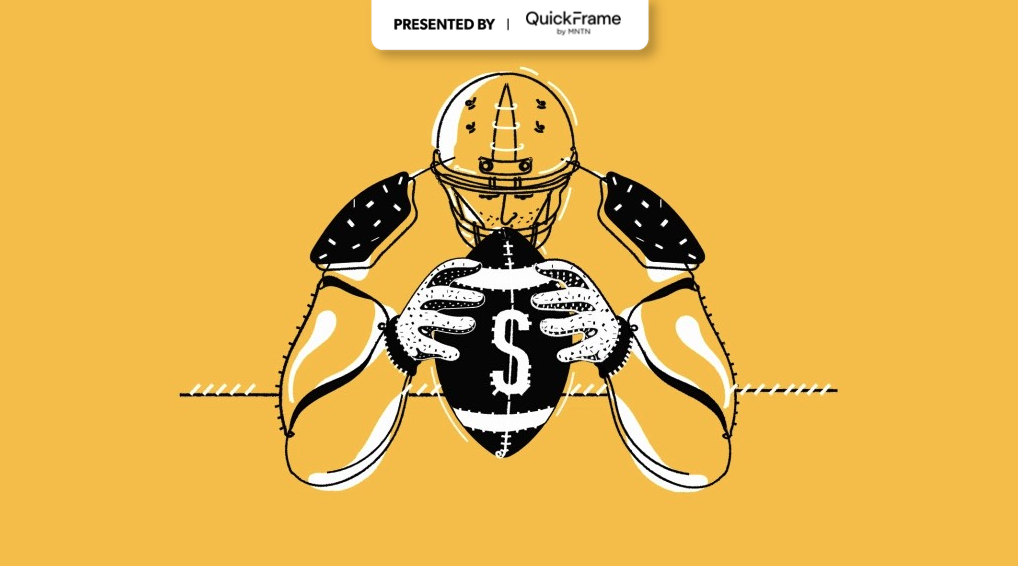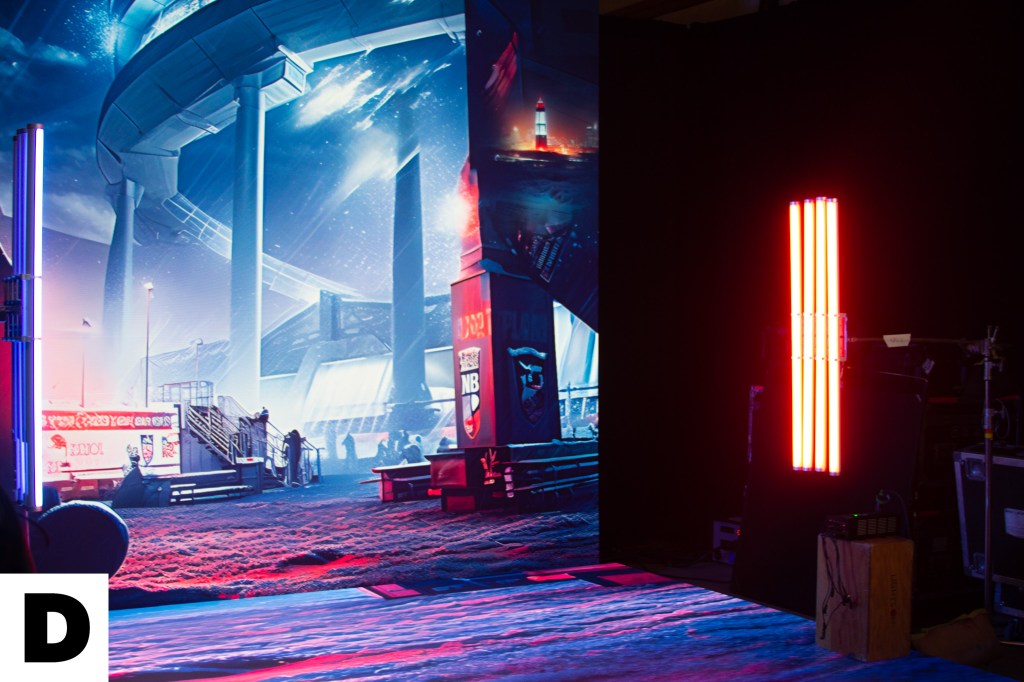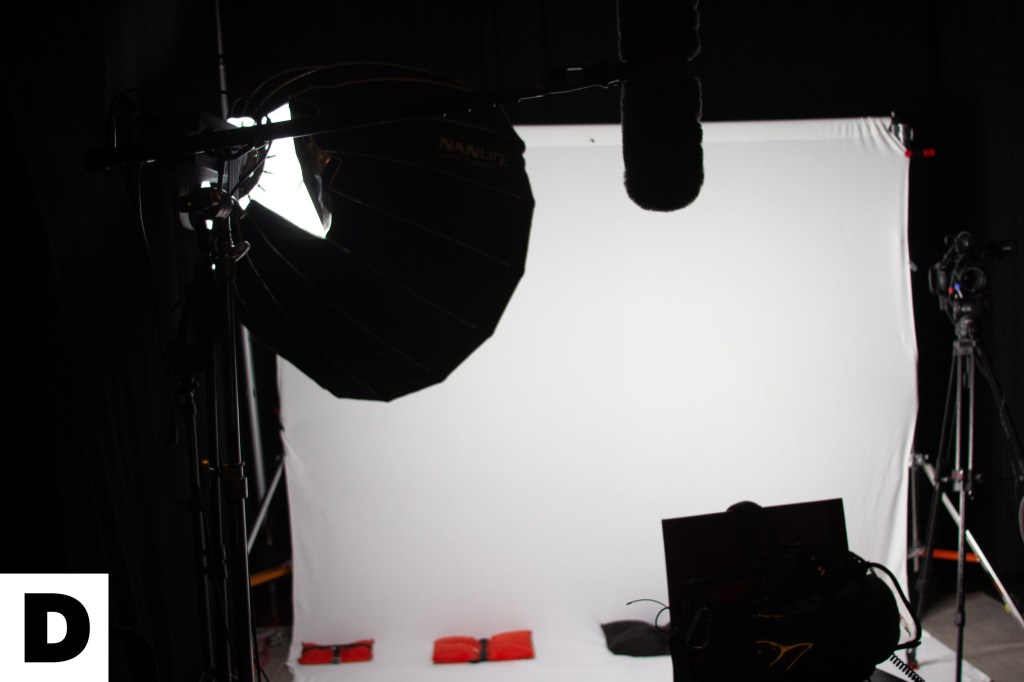
Gen Z content creators and social media influencers are becoming a line item in the NFL’s marketing strategy. And it tapped that part of its strategy to better connect with younger audiences during the NFL Draft.
The move was part of the NFL’s push to raise awareness of the Draft and its content creators among younger viewers. Instead of concentrating solely on the newly drafted players, the NFL wanted to celebrate the Draft as a whole through cross-social platform collaboration with partners and content creators. Beyond the Draft, the NFL plans to continue leveraging social media influencers for future events, according to Ian Trombetta, the NFL’s svp of social and influencer marketing.
“We’ve been looking for ways to expand and to complement our existing influencer and celebrity strategy and that really is still the basic principles of building authentic relationships, finding ways to activate year round with these creators,” said Trombetta. He added that the NFL’s revamped youth-focused strategy aims to put a spotlight on content creators and, ultimately, move the needle in terms of NFL viewership.
It is unclear how much of the NFL’s advertising budget is allocated to this year’s NFL Draft, as Trombetta declined to share overall budget specifics. According to Sensory Tower data, the NFL spent a little over $31 million in 2022 on advertising efforts, which included social media, desktop displays and digital out-of-home.
According to Trombetta, the NFL had over 40 content creators on the ground during the week of the NFL Draft, including Leon Ondieki (who goes by @leon.ond on social media and has 4.5 million followers), Trent Simonian and Jack Byrne of @SidetalkNYC (who have 4 million followers on TikTok combined), fashion page @ThePeopleGallery (620,000 followers on TikTok), and @DudePerfect (a sports page with 59 million subscribers on YouTube).
“I think the NFL is doing what they need to do right now as they are finding creators to interact with younger audiences,” said Ondieki. “Every generation loves sports, that’s the reason why football has been going for so long.”
Creators Simonian and Byrne said that after the Draft picks were made, they went out into the crowd and interviewed fans. The NFL used the interviews in a compilation that was posted on its social media platforms.
“The biggest thing we like to do in making our content is we like to keep it engaging, meaning we like to make content that we would want to watch ourselves,” said Simonian. “We don’t want to make videos that we would want to scroll past that might look bad, that might look boring, that might not get to that so we like to be fans of our own page, essentially.”
According to Trombetta, planning out a social media strategy for the Draft is more unpredictable than the Super Bowl because social cards and graphics are planned weeks in advance of the actual Draft announcements. This is because the NFL has to combat false rumors from websites and agents trying to be the first to announce Draft picks on social media.
The NFL is only one example of a brand using influencers and content creators to drum up brand awareness among Gen Z audiences. Real estate company Windermere, fashion brand Lilly Pulitzer and CPG brand Arm & Hammer provide other examples. The strategy makes sense because the influencer and content creator industry is big business — it was expected to grow to an estimated $16.4 billion by the end of 2022, according to analytical platform Statista.
For its part, the NFL is increasing its focus on influencer marketing as its audience is becoming younger, and this younger audience is using streaming services and social media to keep up with football. (It’s unclear how much the NFL is spending on influencer marketing, as NFL executives declined to provide specific figures.)
“The influencer content provides good, street-level engagement with fans, and got them sharing and talking,” said Mitch Ratcliffe, partner at the marketing collective Metaforce. “The NFL wants to become more digital and social and it invested in staging that imported metaverse-like experiences into the event.”
In addition to the influencer-led activations, the NFL took over Kansas City, Missouri (where the Draft was held), and showcased local culture through its Draft creative, which was displayed in multiple OOH installations from the city’s airport to the actual Draft site. As previously reported in Digiday’s interview with NFL CMO Tim Ellis, it was important for the NFL to capture the vibrant street art, exposed brick and overall vibe of the city in the creative designs for the Draft. Hotel chain Marriott also displayed banners at all of its hotels during the Draft as part of its sponsorship of the event.
During the NFL Draft, Digiday was given the opportunity to tour some of the activations and the drafting activities of the players who had been selected. Here’s a view from the ground:




More in Marketing

Starbucks hires first-of-its-kind marketing role heading up fashion and beauty collabs
Neiv Toledano has joined Starbucks as its senior marketing manager of fashion and beauty.

TikTok Shop offers incentives to new sellers, as U.S. uncertainty is finally over
TikTok is jump-starting its e-commerce ambitions in the U.S., now an agreement on the U.S. deal has finally been signed.

How the MAHA movement influenced food and beverage brands in 2025
The MAHA movement has come to stand for different things in different people’s eyes, depending on which initiatives they most closely follow.








